The sage (Salvia officinalis) is one of the most widespread herbs of the Mediterranean flora. It is traditionally used for medicinal, culinary and aromatic purposes.
Its characteristic smell and rich properties make it valuable for beverages, cooking and natural healing.
Dried, it retains all its active ingredients.
Sage
2.20€
Discover sage – a natural decoction with benefits for the stomach, sleep and menopause. Rich in antioxidants and essential oils.
Availability: 1 in stock (can be backordered)
- Description
- Additional information
- Instructions for use
- Properties
- Where should I use sage?
- Frequent questions
- Reviews (0)
| Origin | |
|---|---|
| Packing |
Instructions for use
To make a nutritious sage infusion, add a teaspoon of dried sage to a cup of boiling water and let it steep for about 10 minutes. Then drink it three times a day to benefit from its beneficial properties. Additionally, for mouth and tonsil ailments, gargle with sage tea after it has been boiled. This natural practice will provide you relief and freshness for a healthy and well-being skin.
Properties
- Relieves stomach upsets
- Supports digestive function
- Helps reduce night sweats & hot flashes (menopause)
- Helps with sleep and reduces stress
- It has antiseptic properties – useful for mouthwashes
- Enhances memory and concentration
- May help in cases of high blood pressure (use with caution)
Where should I use sage?
Sage is an extremely aromatic and versatile herb in cooking, with a flavor reminiscent of mint and camphor. It can add a distinctive flavor to many dishes. Here are some ideas for where you can use it:
In cooking:
- Meat: Sage goes well with grilled meats, such as lamb, pork, and chicken. You can add it to marinades, sauces, or directly to cooking.
- Fish: Especially good with grilled fish, such as salmon or sea bass.
- Vegetables: It is ideal for flavoring vegetables such as potatoes, carrots and zucchini.
- Soups and stews: It adds a touch of freshness and aroma to soups and stews, especially those based on legumes.
- Sauces: You can add it to pasta sauces, meat sauces, or salad dressings.
- Pies and pizzas: It adds a Mediterranean touch to pies and pizzas.
- Pickles: It is widely used in the preparation of vegetable pickles, where it gives a characteristic flavor.
Other uses:
- Tea: A sage decoction is ideal for relaxing and aiding digestion.
- Cocktail: You can add fresh sage leaves to cocktails to give them an aromatic note.
- Cosmetics: Sage is used in many cosmetic products due to its antioxidant and anti-inflammatory properties.
Tips:
- When to add it: It is best to add sage at the end of cooking to preserve its aroma.
- Quantity: Start with small amounts and increase according to your taste.
- Combinations: Sage pairs well with other herbs such as thyme, oregano, and rosemary. It also pairs well with garlic, olive oil, and lemon.
Frequent questions
What is sage?
It is an aromatic Mediterranean herb with rich therapeutic ingredients, mainly essential oils.
Where does it help?
For digestive problems, hot flashes, anxiety, hypertension, menopausal disorders, canker sores and bad breath.
Can it be consumed daily?
Yes, in moderation. In excessive amounts it can have a stimulating effect.
Can I combine it with other herbs?
Yes. It goes particularly well with chamomile, ginger and lemon.
Does it have caffeine?
No, it is completely natural and caffeine-free.
You must be logged in to post a review.

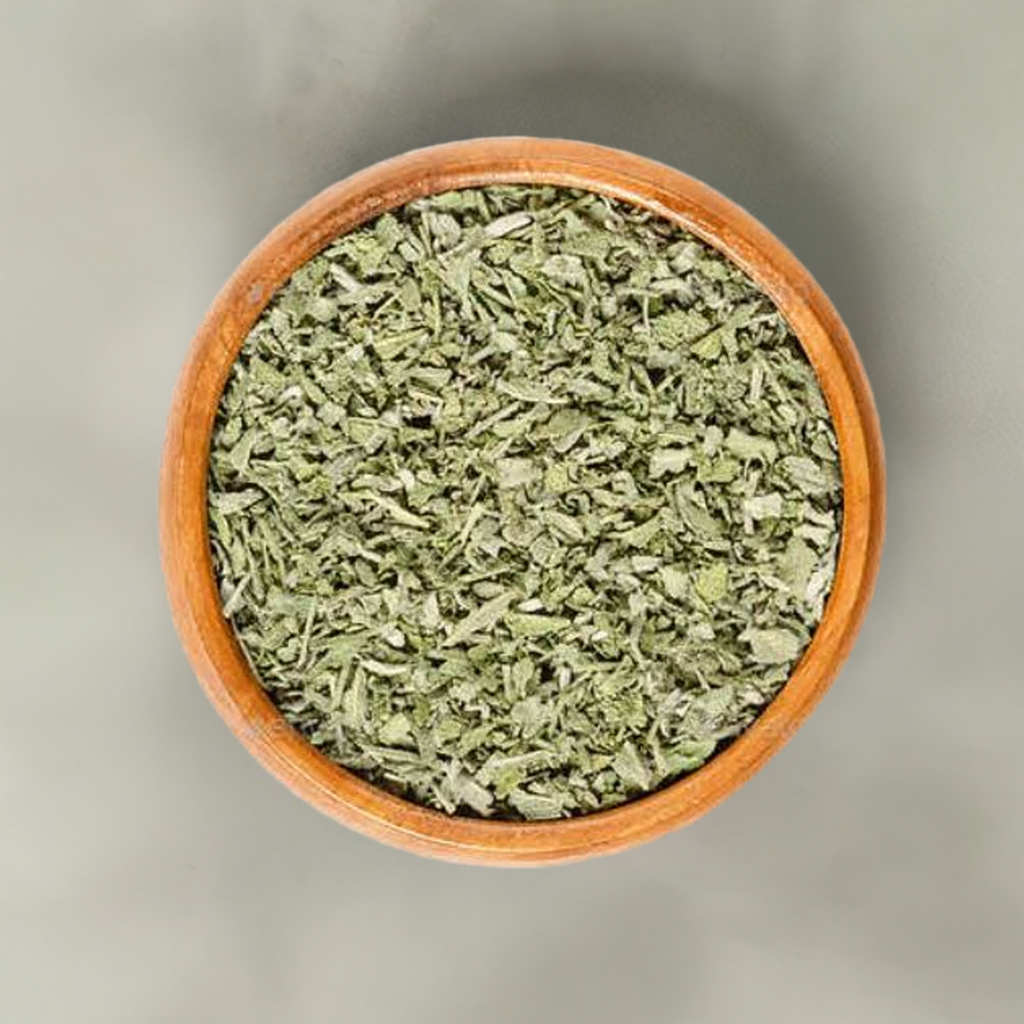
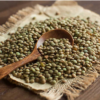
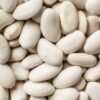

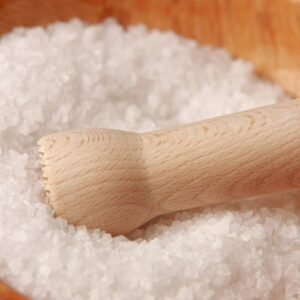
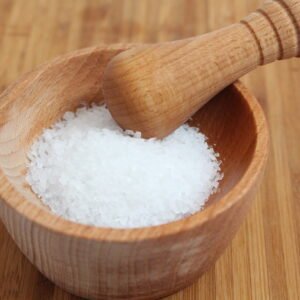


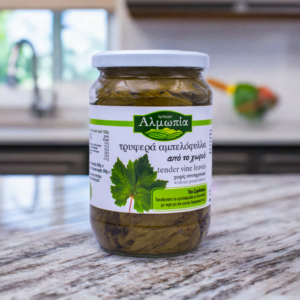


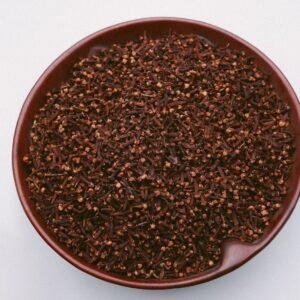
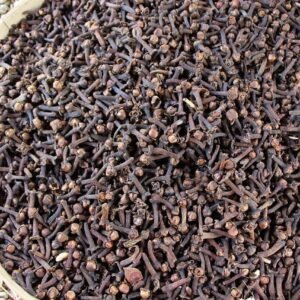
Reviews
There are no reviews yet.